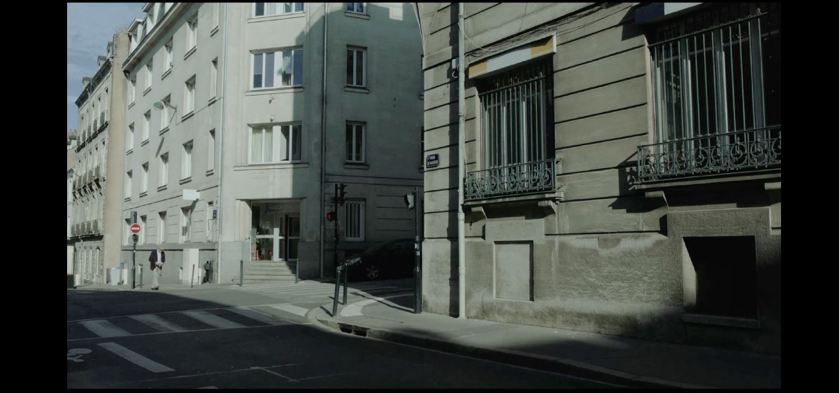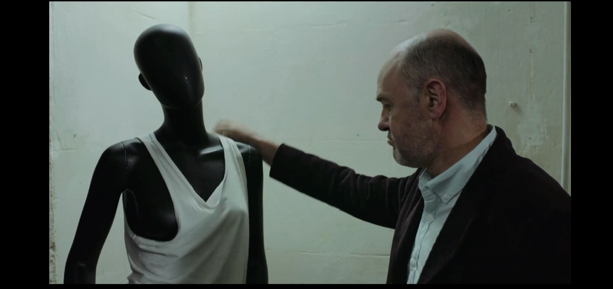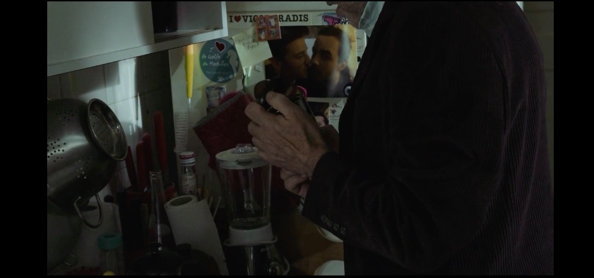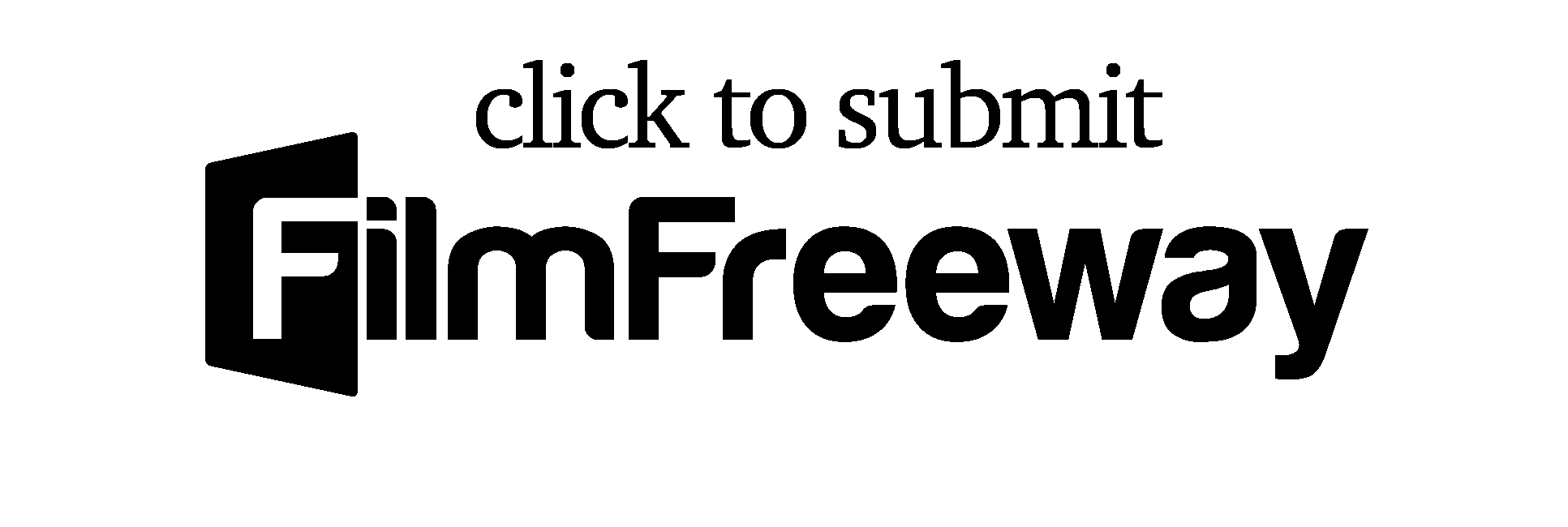
Film Review: “Vincent Before Noon”
(director - Guillaume Mainguet)
5.0 out of 5.0 stars
There is a lot of theory behind the opening scene of a movie. The majority of extraordinary films have a very strong introduction. That is not only a cinematic trick to catch the viewer’s eye, but it shows the ability of the filmmaker to create a complete visual realm which won’t be under any questioning. Only with the creation of such an introduction we are able to analyze the rest of the artwork without making anyone any favors. I tend to acknowledge the quality of a film by it’s introduction. Guillaume Mainguet excels in that in the direction of his film Vincent Before Noon (2020).
In the opening sequence we start with an amazing first shot that reminded me of images that I recall from great studio films like Jacques Tati’s Play Time.

The Opening Shot.
This resemblance came up by the colors, the buildings, the structure of the cinematic frame, the position of the actor in that frame, the sound, everything. Every department aligned to create a great introduction and from that I continue.
A film can have a great script or an amazing direction but nothing by itself is enough to create a great movie. Cinema is a collective procedure.
Vincent Before Noon has an amazing art direction, something a lot of filmmakers of short movies think is not important enough, but is the core of a beautiful image, and what is a film if not a sequence of beautiful images surrounding an interesting and profound subject.
But Mainguet and his creative team did not only accomplish to master the cortex of the art piece. The director created a high level artistic environment for his characters.
Jacques Bonnaffé portrays the father of Vincent (Mathias Labelle). He visits him one day without his consent and insists on pressuring him to spend time together besides the clear dissatisfaction of his son. In the face of illness and death everyone regrets their past mistakes and Vincent’s father seems to be in a difficult situation regarding his mental stability.
It is up to each individual viewer to decide if they feel sorry about him or if he manipulates his way into his son’s forgiveness. The only sure thing is that Mainguet’s characters don’t need a lot of words to make the audience understand what is going on.
There are also some more details of their lives being revealed through a small conversation they have after Vincent understands that his father has health problems, so he becomes more accepting of him and lets him talk. As concerns the film’s subject, it is interesting how a distant father believes that he can make it alright by paying a telephone bill. I see that as a comic relief in an otherwise emotionally difficult story.

Vincent’s father corrects the shirt on a mannequin so that he can not see it’s breast.

Vincent’s picture in the fridge with probably his partner.
Through discreet details like those in the images above for example, we know that Vincent’s partner is a man, that his father is uncomfortable with art that shows the naked female body and generally a lot of those discreet details make the portrait of the characters.
That is for me another indication of good direction. We don’t need drama or huge theatrical dialogs in cinema because we can exploit all the possibilities the art of filmmaking has to offer and I can easily state that Mainguet has exploited them.
Vincent Before Noon is a short worth watching, with the correct structure of a short film and without the exaggerations that usually make a short movie seem like it’s trying to problematically imitate a feature film.
E.Vlachou, MA
Film Critic



